gomirror - A CLI Linux distribution mirror ranker

The project is in Work in Progress (WIP) state. A lot of functionality is still missing.
About gomirror is a CLI mirror ranker that its main goal is to rank or find the best mirror for a Linux distribution. Although it can be extended to be used as a more general ranker for mirrors/servers.
It is build with usability, extensibility, and performance in mind. It can quickly make thousands of requests with the power of Goroutines, to all servers in parallel.
Privacy-Focused Alternatives to Google Analytics

Introduction A full catalog and review of some analytics tools, that are a more privacy-focused alternative to Google Analytics. The tools are divided into the following categories:
Free Cloud-Hosted Free Self-Hosted Paid (Cloud or Self Hosted) All the chosen tools should have the following characteristics:
Privacy Focused (No IP logging, Fingerprinting, Tracking, etc) GDPR compliant Open Source (Preferably but not hard criteria) Offer good statistics User-friendly interface (UI/UX) Reasons for choosing an alternative It was a struggle for me to find and choose a different analytics service, but I knew I had to do it if I want to be more respectful of the people that visit my website and try to create a more private and secure internet.
Getting Started with AWS

The Amazon Web Services world is an entire beast on its own, and I believe some knowledge around it should be useful to all tech related roles, from programmers to DevOps and system administrators. I am recently trying to explore AWS, so I will try to document my process along the way.
In this post I have gathered the steps for signing-up with AWS and the first configurations to make to your account before even starting an instance or a service.
Signing Git Commits
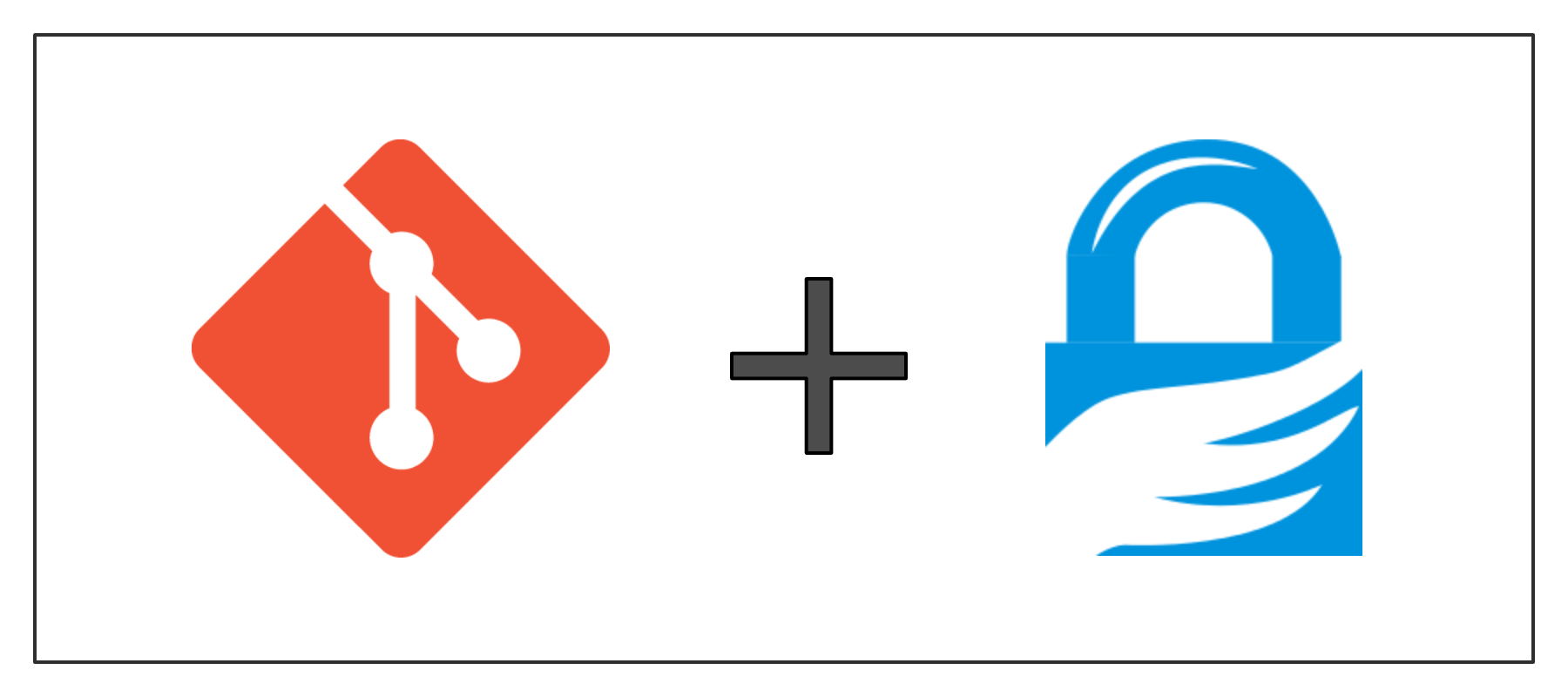
Introduction This is a guide to help you sign your Git commits in an open source project, in order to verify that the owner of the submitted code is you and only you.
Git enables us to use whatever email and username we want when doing a git commit. This can be easily used for malicious purposes, as anyone can pretend to be another person when commiting a piece of code.
SNMP Daemon Configure
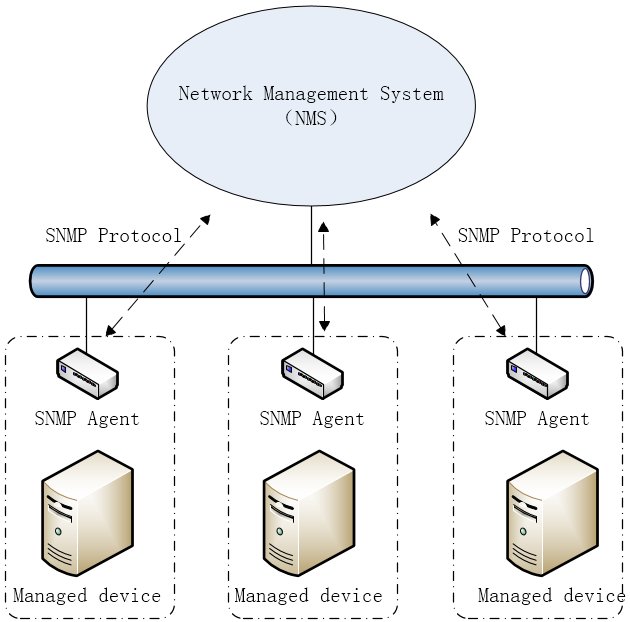
In the system administrator world, a large part of the work is to monitor the servers and all systems in infrastructure to make sure of their correct operation and to prevent any kind of malfunction or problems.
One protocol that allows devices to share their status with a monitoring server is SNMP, which is widely used in the networking world, in switches, routers, firewalls, or access points. SNMP’s main benefit is that, if the device supports it, it is very easy to remotely query them for their status and even change their configuration.
Pi-hole Docker Install

Pi-hole® is a DNS sinkhole that protects your devices from unwanted content, without installing any client-side software.
We will use Pi-hole as our DNS server in our local network in order to block ads on all devices. It is important for Pi-hole to be run on a device or server that is constantly running, as we will configure our router to point to this device for any DNS query. So without it running we will not be able to access any webpage.
SUI Configure
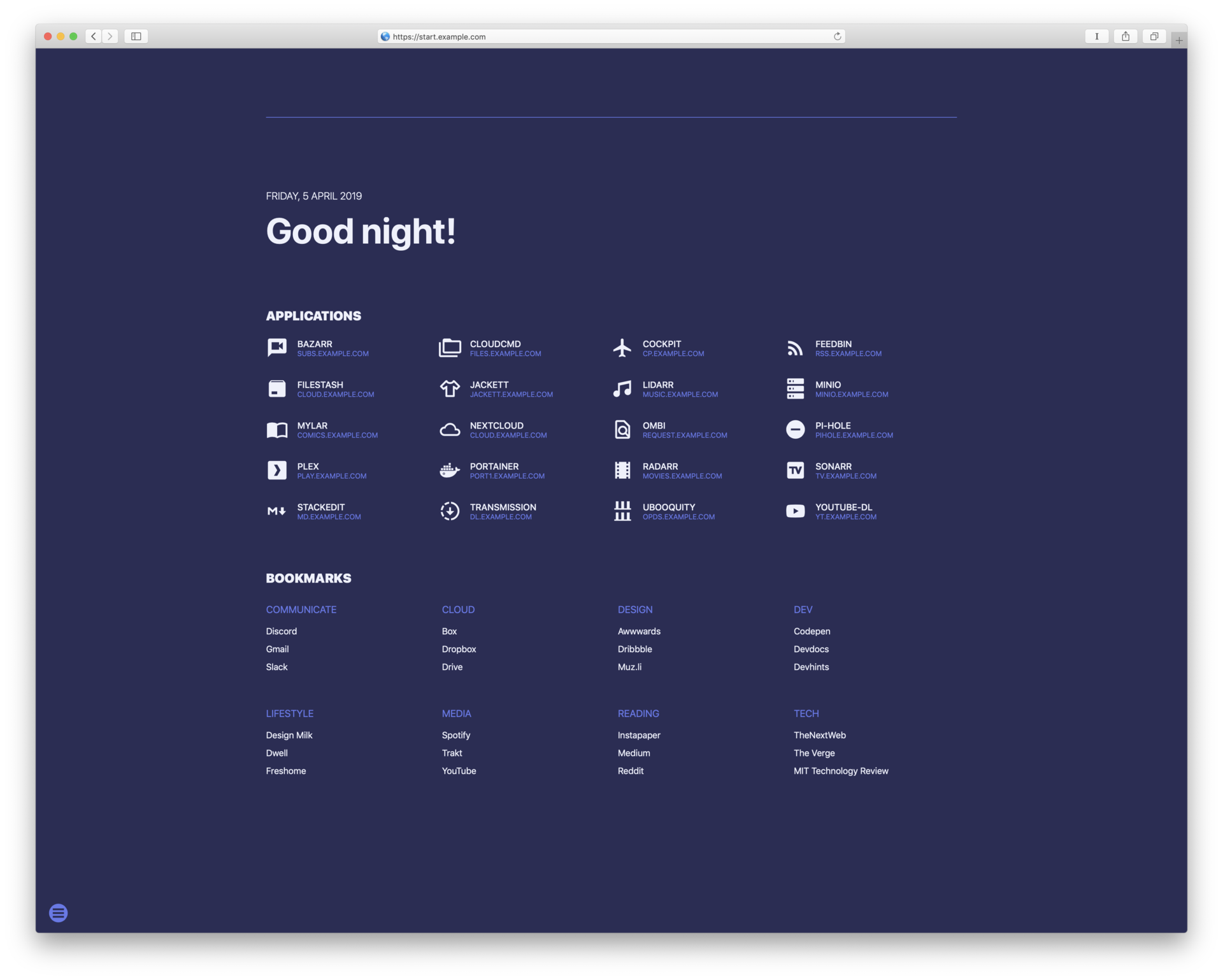
SUI is a startpage for your server and / or new tab page. It offers some similar functionalities as Homer.
We can use this app in order to have a homepage for all our services, apps and links of our server into one place, and edit only some json files for the content.
This guide assumes, that Docker and Docker Compose is already installed in your system.
Run Using Docker Clone the repository in your system and navigate into it:
A simple URL shortener RESTful API written in Go
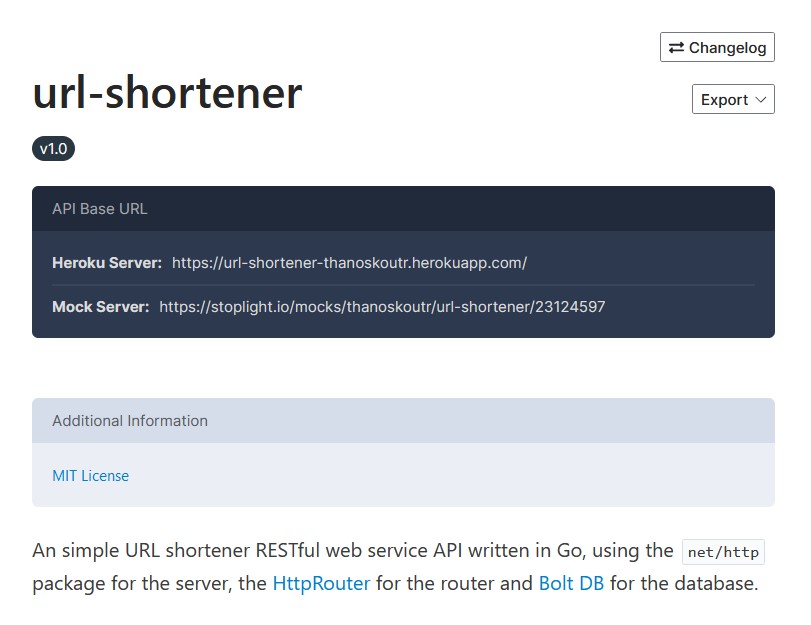
About An simple URL shortener RESTful web service API written in Go, using the net/http package for the server, the HttpRouter for the router and Bolt DB for the database.
The Stoplight service was used to design and document the REST API. See below for the API Documentation
The API service is deployed on Heroku, and you can access it on url-shortener-thanoskoutr.herokuapp.com.
Because the Heroku Free plan is no longer available from November 28, 2022, the above link does not work.
GPG Keys - Create & Use
Introduction If you are into Linux or the Security field you most likely have heard the terms: PGP, GPG, GnuPG, OpenPGP. They sometimes are being used interchangeably to describe e.g. how to encrypt mails or how to verify signatures of installed programs and packages. It might be difficult for new users to understand the differences, and how the PGP encryption works, but it is simple if explained.
PGP: Pretty Good Privacy (PGP) is is an encryption program that provides cryptographic privacy and authentication for data communication.
HTTPS & SSL Certificate & Certbot
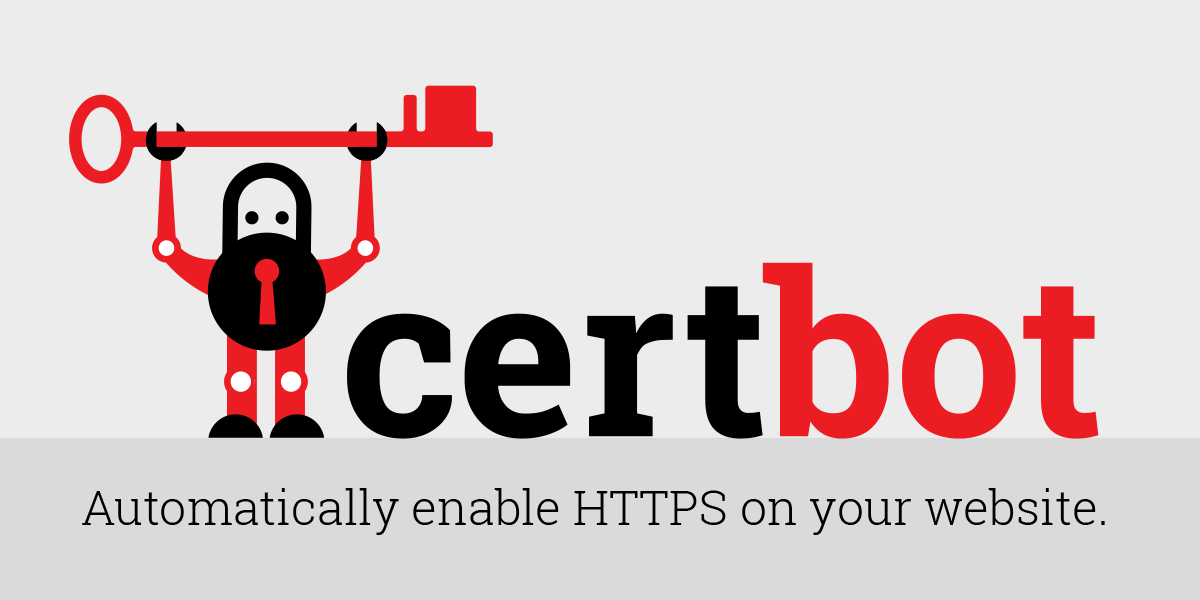
In this post we will see, how we can get an SSL certificate for our Apache or Nginx server with Certbot from Let’s Encrypt.
Prerequisites An Ubuntu or Debian server (tested on Ubuntu 18.04 and Debian 10) that you have SSH access and root or sudo privileges.
You can follow the SSH Server & UFW Configure guide to set up SSH best practices and configure a basic firewall.